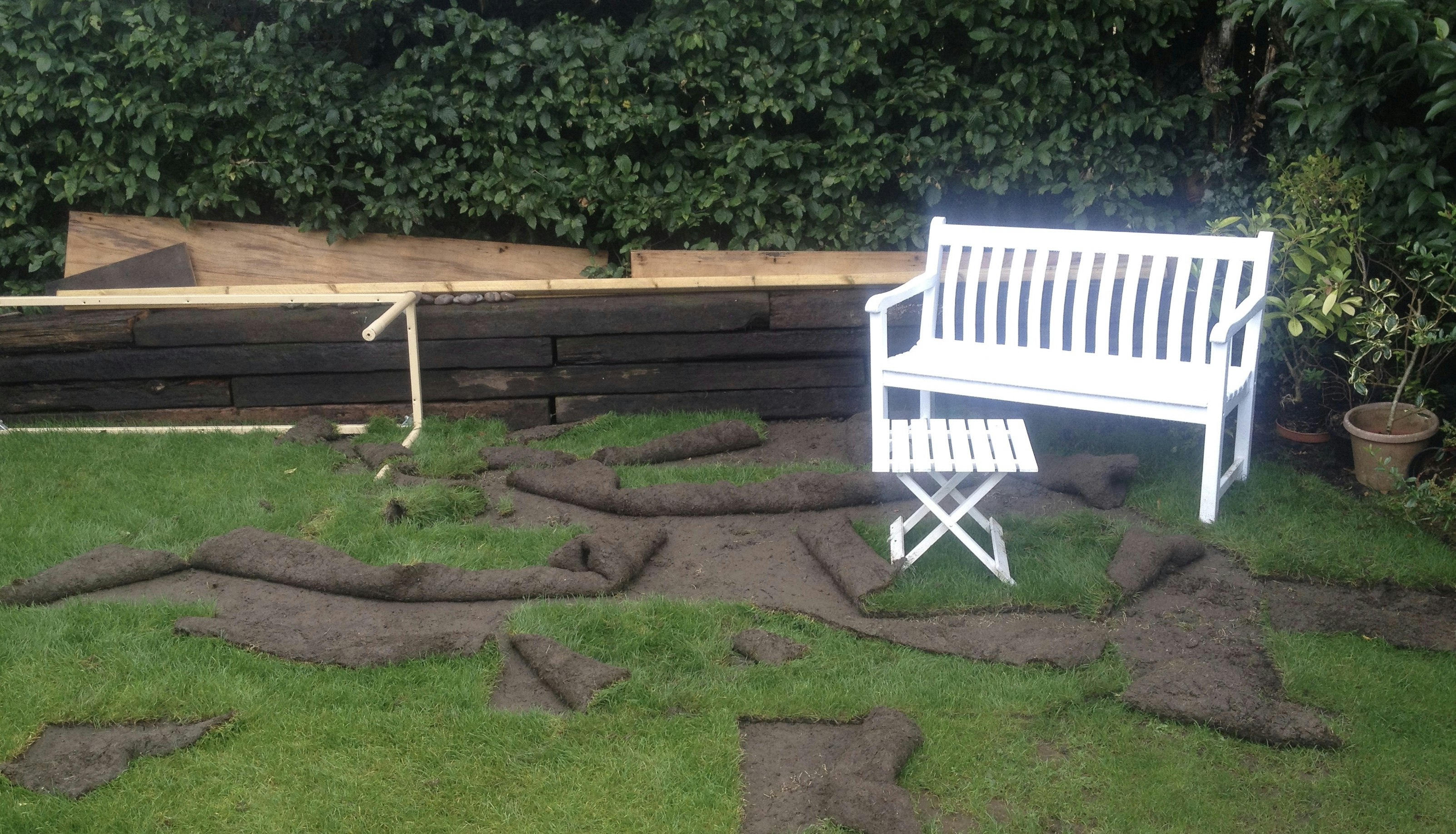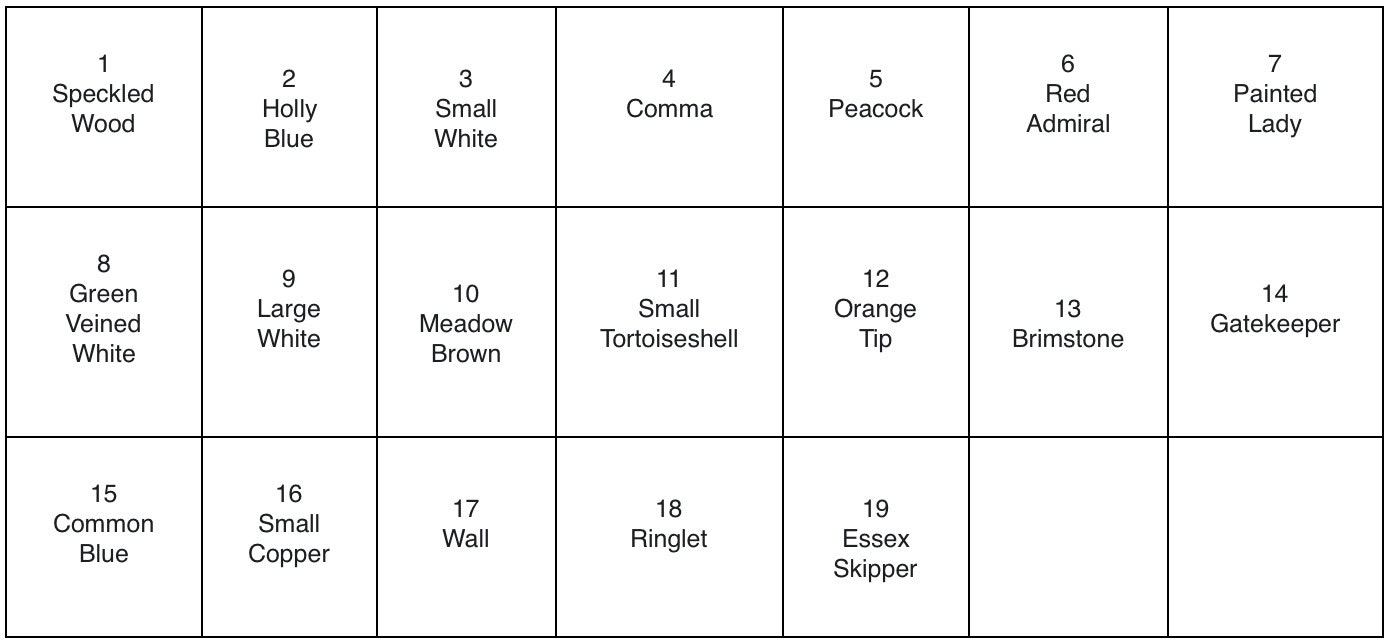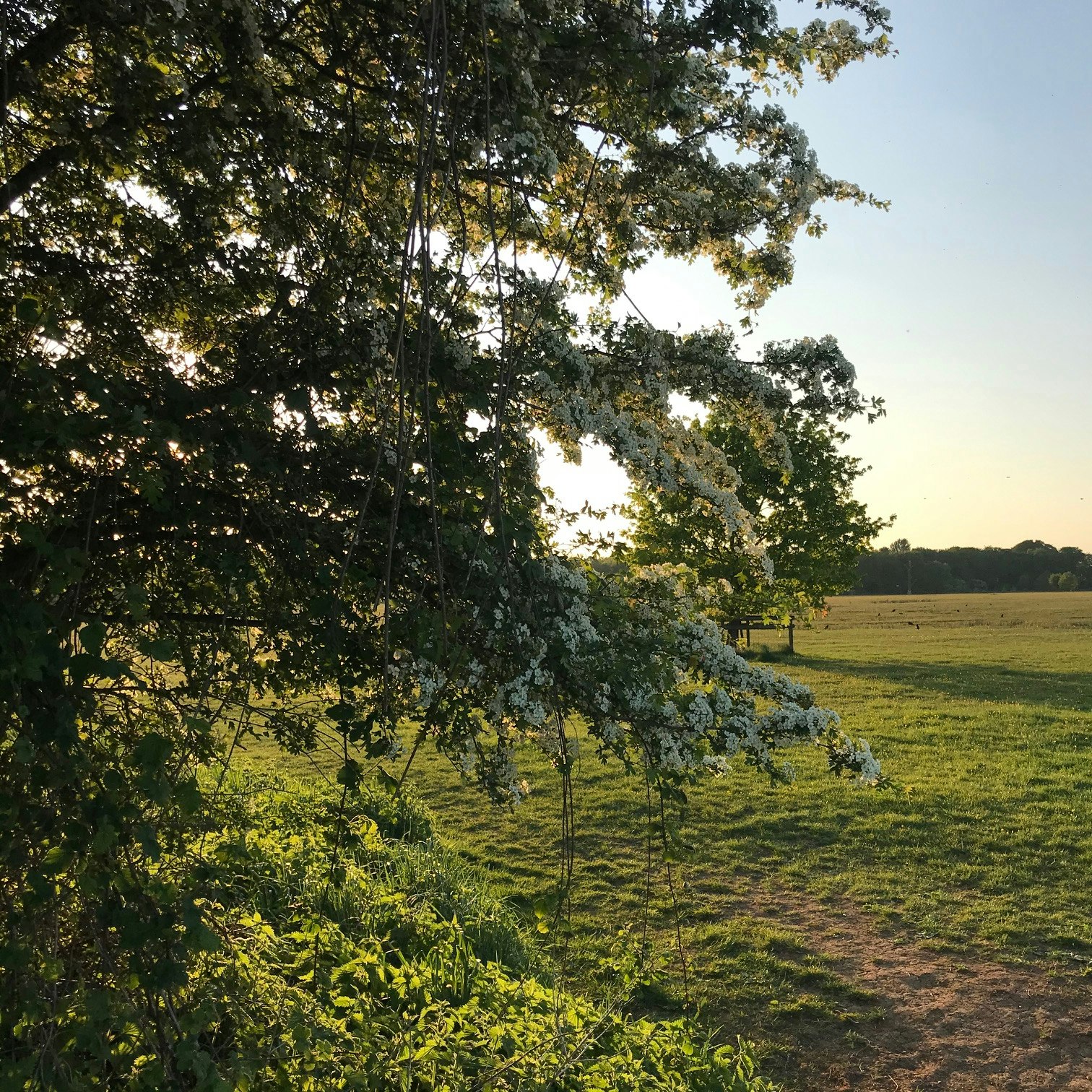Reserve 21 is the name given to our garden based on the relative high number of different wildlife, especially butterfly, species that live in it and visit it.
Please read this blog in conjunction with it's sister blogs on butterflies and the photographs of British butterflies
Reserve 21 is a regular sized garden in a small satellite town surrounded by green-belt in the west of England. Its not extraordinary but it does punch a little above its weight when it comes to wildlife. The biggest regular visitors are badgers, foxes and hedgehogs at night, certainly age hedgehogs are resident in the garden.

The next biggest are squirrels which are fluffy tree-loving rodents are numerous daytime visitors. Next comes the amphibians, the frogs and toads. The frogs live and breed in an around the garden and the toads hang out in every corner of the garden, usually out of sight.
Then there are the birds, 20 different species regularly visit the garden and another two regular fly over. At least 4 species of bird breed and nest in the garden. There are occasional reptilian visitors including the poisonous Adder snake as well as legless-lizards called slow worms both of which are rarely seen. There are lots of insects especially solitary-bees, some beautiful dragonflies and of course butterflies!
The UK has 57 resident species of butterflies plus two regular migrant species – the Painted Lady and Clouded Yellow. Reserve 21, with 19 regular visiting species of butterflies, hosts almost a third of all British Species! I have photographed many of the species that are found at Reserve 21 on the page on UK butterflies in the photography section of this website.
The table below is a list of the 19 species of butterflies that visit the garden ranked in terms of their presence in the garden. The ones that come in the most numbers over the longest period of time rank the highest on the IFABW ranking system! Its no surprise, when you take into account the garden and local habitat that the Speckled Wood and Holly Blue come out on top as garden's most popular butterflies. More information on how frequently these species visit Reserve 21 can be found here.

Reserve 21 doesn't quite match the incredible diversity of butterfly species found at the Durlston Park and National Nature Reserve, in Dorset, England, which has 33 species of breeding butterfly, as well as over 250 species of bird, 500 wildflowers, 500 moths and thousands of other invertebrates!
Reserve 21 has a relative wide variety of native wildlife due to a combination of the land use around the immediate boundaries of the garden as well as within the wider landscape and of course the habitat created within the garden.
The front garden of Reserve 21 faces a small copse of native trees and a small lake surrounded by a very narrow ring of native trees. This is very important habitat for all the birds, the mammals, the dragonflies and the species of butterflies such as the Holly Blue that lay's its eggs on the ivy that covers the trees as well as the holly bushes and the Speckled Wood that loves the dappled shade of woodland fringes which are also colonised by nettles and some grasses and other native plants such as Cleavers.
The rear garden backs onto approximately one acre of wild grassland which is great as a surprising number of British butterfly species require grasses as host plants for their larva. Many species overwinter as caterpillars or pupae in the tussocky base of grass plants and need areas of rough undisturbed grassland to take refuge in. Continuously mown or grazed grassland is of limited use for many insects and even seasonal cutting of meadows can be quite disruptive for some species.
The grassy area also provides great cover for the mammals and the native hornbeam hedge boundary with the garden is an attractive perennial habitat for the birds that nest in the garden especially the blackbirds and sparrows and for the woodland loving species of butterflies especially the Speckled Wood which has for years now made this hedgerow it's territory. The hedge is also perfect habitat for the Gatekeeper butterfly that need shrubs as well as grassland and can be found at where grassland and hedgerows meet.

The wider landscape is also important, there is a large common not far to the west which has a significant area of wild grassland as well as large areas of scrub. In recent decades around one third of the common area has been re-wilded with trees and wetland areas and glades that create a myriad of habitats. This large common provides is a natural reservoir of wildlife and an important buffer from the less natural forms of land use beyond.
It is important to note that given that there is little agricultural land in the vicinity there is a very low incidence of pesticide use. It is indeed ironic that our towns and cities often have more wildlife than our agricultural land which is intensively managed with high inputs of pesticides, fungicides and herbicides and very little refuges for wildlife to maintain a foothold.

With regard to the garden itself I estimate there are approximately 100 different species of plants that provide a myriad of habitats and food sources for all the insects and animals that use the garden. The large shrubs around the boundaries of the garden, the various holy bushes, the hedge at the rear, the large apple tree, and the large hawthorn tree, all provide habitat for birds to nest and to hide from predators such as sparrow hawks.
They also provide habitats for butterflies to shelter during cold or non-sunny days and the Red Admiral, Peacock, Brimstone and Small Tortoiseshell butterflies all over-wintering as adults in the garden.
The apple tree produces lots of fruit which are appreciated by birds and the juices of rotting apples on the ground in the autumn are also a very important source of energy for late flying butterflies such as Red Admirals and Peacocks that need to build up their energy reserves ahead of the winter. The magnificent hawthorn tree in the hedge at the rear produces copious amounts of nectar rich blooms in May and produces high antioxidant and densely nutritious berries in the autumn. I compete with the birds to pick the berries after the first frost, for use in my herbal medicine adventures, especially the wood pigeons who just sit in the trees for hours binging away on superfoods.
In terms plants that attract butterflies, I have made an inventory of those plants in Reserve 21 that are known via the literature to be either important nectar sources for adult butterflies or host plants for butterfly larva (caterpillars). The inventory has 66 different species of plants, of which 58 are suitable nectar sources for UK butterfly species, and 19 are suitable as host plants for the larva of UK butterflies.
Many of these 58 nectar producing plants are in small numbers in the garden but still play a role in attracting butterflies and keeping them for longer in your garden. Importantly these plants are very important for the UK's solitary bees, and if I am honest the garden is much more successful in attracting bees than butterflies but lets keep moving!

The nectar plants from the inventory that have the biggest impact on the numbers of butterflies that visit garden, either because they are present in large numbers, bloom over a long period, or just seem to be loved by butterflies, are; buddleia, heather, sedum, mint, verbena (bornariensis), bramble, thyme, clovers, thrift, parsley, coriander, hedge garlic and chives. This list might be longer this year as some of the 58 nectar plants, in the list below, have only been planted in the garden in the last year or so and it will be interesting to see how much they contribute to butterfly numbers and diversity going forward.
Of the 19 plants in the garden that are potentially suitable for the larva of UK butterflies it's anticipated that only 4 are probably actually host plants and play a role in the breeding of butterflies in the actual garden. I have seen eggs laid on the underside of broccoli leaves in the garden, of either the Large White or the Small White butterfly. The large number of reasonably sized holy bushes in the garden, together with the Holy Blue being one of the most popular butterflies in the garden, suggests that it is breeding in the garden, especially as ivy also grows in and around the garden, upon which their larva also feed.
The Orange Tip butterfly is a regular visitor and, given that the garden has at least two, albeit small, patches of hedge garlic, it's also possible it breeds in the garden too, but being a strong flying mobile butterfly it might be breeding in colonies located in the area where there are higher quantities of its host plants present.
Finally if the garden was much bigger, it would be possible to grow many more species of grasses and this would potentially significantly increase the number of species that not only visit but also breed in the garden and set up colonies. It might also be possible to attract species that don't generally visit the garden at all but that are known to have colonies in grassland areas locally, such as the Marbled white.

References and links
https://www.durlston.co.uk/wil...
https://wildseed.co.uk/page/bu...
